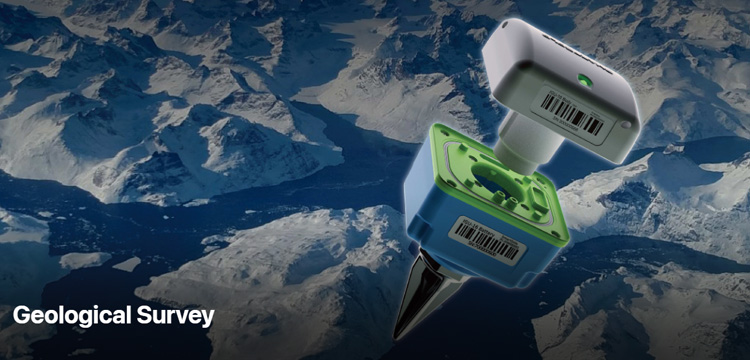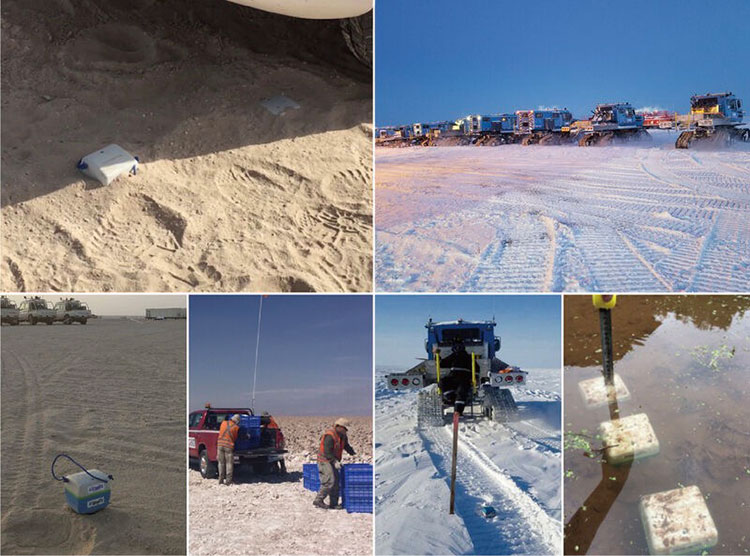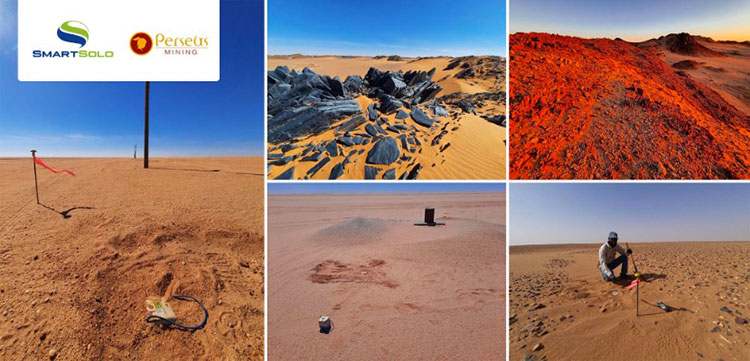What Are Seismic Sensors?
Seismic sensors, also known as seismometers or geophones, are devices used to detect and measure seismic waves generated by earthquakes, volcanic activity, or other sources of ground motion. They play a critical role in seismology, engineering, and various industries that require monitoring and analyzing seismic events. Seismic sensors are designed to accurately capture and record the ground motion caused by these events, providing valuable data for scientific research, hazard assessment, and structural design.
The basic principle behind seismic sensors involves the detection of minute vibrations or oscillations in the Earth's crust. These vibrations propagate as seismic waves, which can be categorized into several types, including P-waves (primary waves), S-waves (secondary waves), and surface waves. Seismic sensors are primarily focused on measuring the ground motion caused by these waves.
There are different types of seismic sensors, each employing various technologies and operating principles. The most commonly used sensor is the geophone, which consists of a mass suspended by springs within a magnetic field. When ground motion occurs, the mass moves relative to the stationary casing, inducing a voltage proportional to the motion. This voltage is then converted into a digital signal for further analysis.
Another type of seismic sensor is the broadband seismometer, which is capable of detecting a wide range of frequencies. It typically consists of a mass attached to a spring, which moves in response to ground motion. The movement of the mass generates a signal that is recorded and analyzed. Broadband seismometers provide valuable data on both high and low-frequency seismic waves, allowing for detailed analysis of earthquake characteristics.
Furthermore, accelerometers are also used as seismic sensors. Unlike geophones and seismometers, accelerometers directly measure the acceleration of ground motion, rather than the displacement or velocity. These sensors provide precise and instantaneous measurements of the acceleration experienced by structures during seismic events. Accelerometers are commonly used in structural engineering to assess the dynamic behavior and response of buildings, bridges, and other infrastructure.
Seismic sensors are typically deployed in networks or arrays, strategically positioned to cover a wide geographical area. These networks are crucial for monitoring seismic activity on a regional or global scale and are operated by organizations such as seismic monitoring agencies, research institutions, and government bodies.
The data collected by seismic sensors is used for a variety of purposes. In seismology, it helps scientists understand the characteristics and behavior of earthquakes, study the Earth's interior structure, and develop models to assess seismic hazards. Seismic sensor data is also used in engineering to design structures that can withstand seismic forces effectively. By analyzing the recorded ground motion, engineers can assess the potential impact on buildings, bridges, and other infrastructure and implement appropriate design measures.
Additionally, seismic sensors play a vital role in early warning systems for earthquakes. By detecting the initial, less destructive P-waves and rapidly analyzing the data, these systems can issue warnings before the more damaging S-waves and surface waves arrive. This provides valuable seconds to minutes for individuals to seek shelter or take other necessary actions to protect themselves.
In recent years, technological advancements have led to the development of wireless and remote sensing systems for seismic monitoring. These systems utilize wireless communication, internet connectivity, and advanced data processing algorithms to transmit and analyze seismic data in real-time. This enables faster response and decision-making during seismic events, enhancing the effectiveness of early warning systems and emergency response efforts.
In conclusion, seismic sensors are essential devices used to detect and measure ground motion caused by seismic events. They provide critical data for seismology, engineering, and other industries, aiding in the understanding of earthquakes, assessing seismic hazards, and designing structures to withstand seismic forces. Seismic sensors, along with advancements in technology, continue to play a crucial role in monitoring and mitigating the impact of earthquakes on society.
Upgrade your seismic data collection process today with the High Resolution Seismic Data Logger 1C and experience the future of seismic technology. SmartSolo Inc. is proud to bring you this innovative solution that combines efficiency, affordability, and accuracy for all your seismic data needs.
For more information, please contact us. We will provide professional answers.







